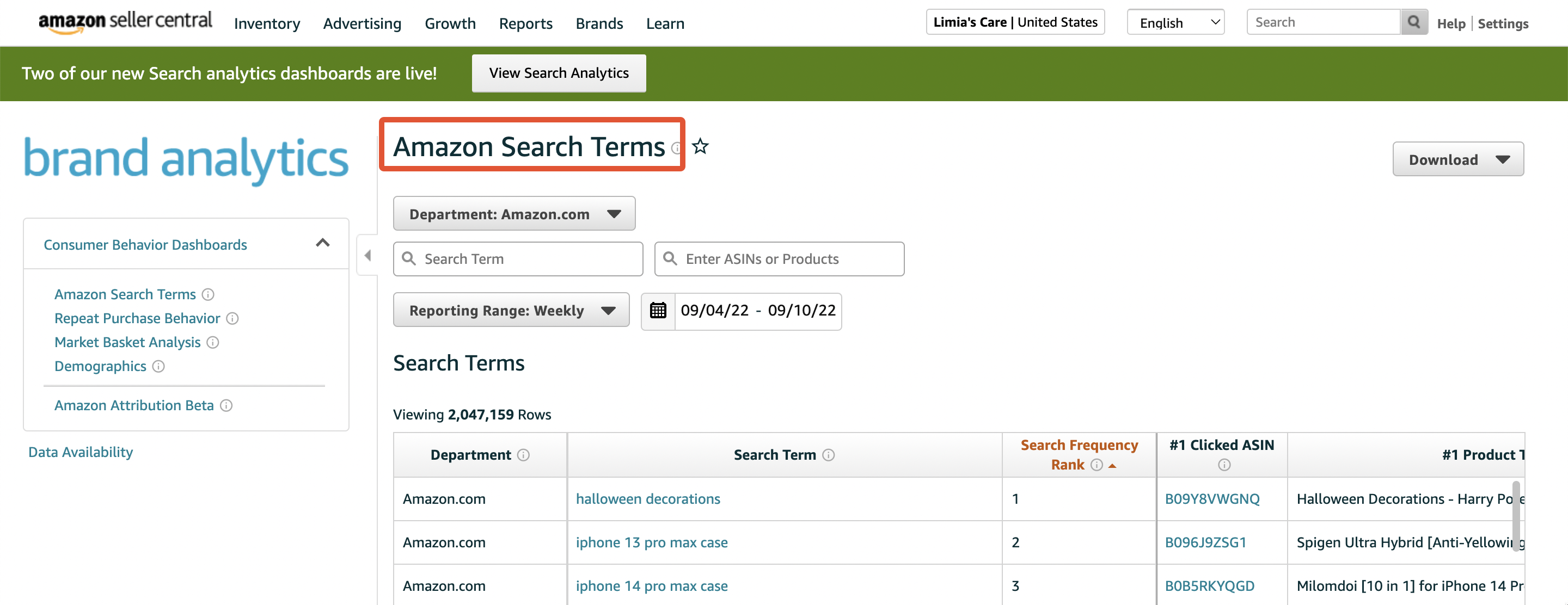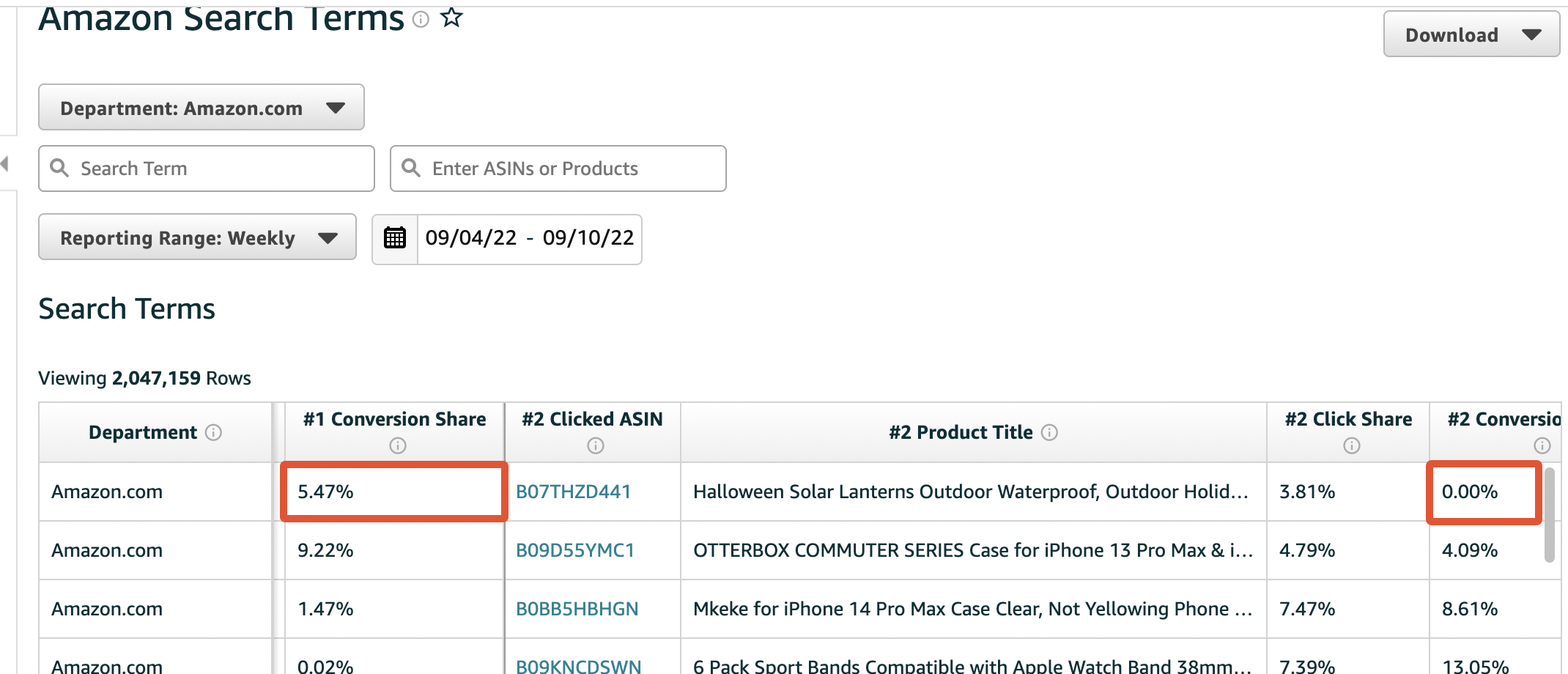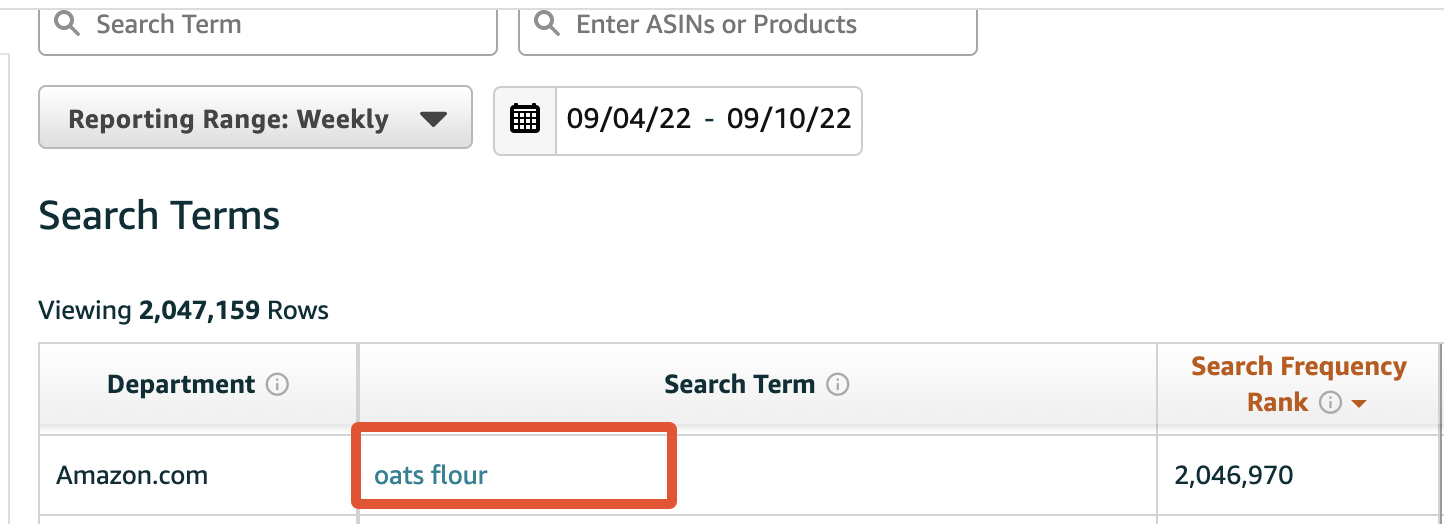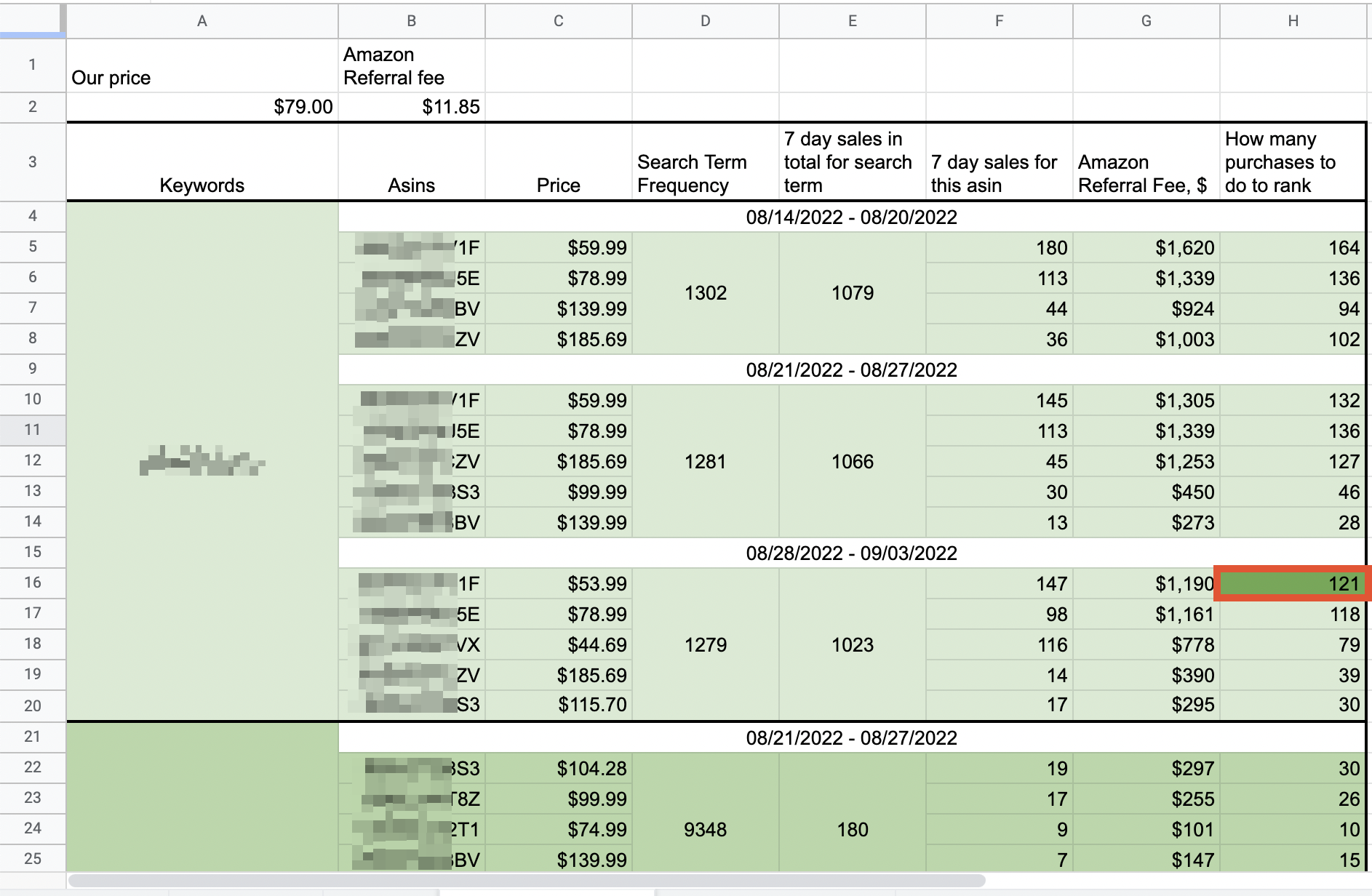How To Rank Your product #1 in 7 days (almost) Guaranteed, Even If Your Listing Is 1-day Old
Written by Alex Bezhan, 2022-09-15
I’m not advocating you to do that (I’m serious). It’s for demonstration purposes.
It’s effective, but yet simple. This method makes absolute sense.
If you do it, there is no reason for Amazon not to rank your product #1 (or whatever position you want).
How it works?
Well, you see, Amazon uses several factors to determine organic ranking for a product. All these factors are logical from Amazon’s perspective. In fact, they almost guarantee the maximum profitability for Amazon.
You want to know what these factors are?
Okay, I will tell you. So listen…
But wait, let’s go inside Jeff Bezos’ mind and think from his perspective. Or whoever is in charge of Amazon right now.
(Okay, I went to Wikipedia and found that current Amazon CEO is Andy Jassy (July 2021 - Present). If nothing else, you already learned something today.)
But I will still refer to Jeff, because f*ck it, I love Jeff, he created Amazon, so out of my deep respect…
Let’s continue…
What Jeff wants? He wants to make the customers happy.
What else Jeff wants? He wants to make money!(billions)
Amazon’s retail profit comes from the Referral Fee (and FBA fee of course).
Let’s pretend all that Jeff cares about is profits.
Let’s say we have two products: Product A, priced at $30, sold 30 units last week. Product B, priced at $100, sold 10 units last week.
Jeff wants to make as much money as possible, then what product will he put on organic position #1?
He will put the product that is selling the most, right? Product A? WRONG!
He will put a product that is making him the most money. Product B.
Let’s get some numbers:
- Product A Referral Fee: 30 units * $30 * 15% = $135
- Product B Referral Fee: 10 units * $100 * 15% = $150
Product B brings more money to Jeff ($150).
So, despite product A is making the most sales, product B will be ranked higher, if Jeff only cares about profit.
But Jeff is a good guy, and he understands that the customer is (very) important. The customer is the one who pays the salary at the end of the day.
Jeff wants to show the most relevant products to the customer. How does Jeff determine that? He can run a complicated AI algorithm to determine which product is the most relevant for a particular keyword.
But Jeff is smarter than that (he really is).
He understands that he already has this kinda Artificial Intelligence running. It’s called Human Intelligence. Meaning, people are already typing in keywords, looking at the pictures and titles and clicking on the products that they think is the most relevant for them.
It’s called Click-Through-Rate. CTR is the simplest and most effective factor of determining product revelance.
Jeff decides to include CTR to his ranking algorithm.
What else is important for customers?
It’s delivery, right?
And Jeff knows, by looking at the inventory of the product and how it’s distributed between FCs, he can predict how fast the delivery would be.
Welcome GEO ranking.
There are other factors: conversion rate, listing SEO and multitude of other factors. But it would be a mess to tell you to go and optimise every factor possible. No.
And I’m sure you know a lot more about these than myself.
It’s not a point. The point is:
How do we rank our product #1 for a keyword (almost) guaranteed with as few levers as possible?
(We also need to make sure we stay there, but that a bit later…)
Here is how:
We make enough sales to make Amazon earn more money from our product than from the currently ranked #1 product. Meaning, real people have to go to Amazon, type in the keyword, find our product and buy it.
(This technique was invented by Aleksandr Trotsenko. We highly recommend checking out the original webinar and also his tool Asinstat.)
We make these sales by keyword with whatever method we have available to us. The best way is to ensure that people will go on Amazon, search by the keyword, find our product and pruchase it. That way this purchase will be counted as the one that was done by this keyword and that’s what we want.
Well, there is one more thing…
How do we know how many sales exactly our competitor made for a particular keyword?
We use Brand Analytics do determine that. So we go to BA. And there is this little report called “Amazon Search Terms”.
It looks like this:

It’s showing the Conversion Share % for #1, #2 and #3 products for specific search term on a specific date.

It’s not telling us the exact number of sales (yet). But we can guess it with a (very) high degree of certainty.
How we do that?
Let’s take a simple example…

We have a search term “oats flour” with Search Rank Frequency of 2M (very low).

#1 clicked ASIN got 25% Click Share and 50% Conversion Share.

#2 also got 25% Click Share and 0% Conversion Share.

And #3 also got 25% Click Share and 50% Conversion Share.
So having this information, what would be the possible amount of clicks and conversions for this keyword on this date?
Let’s show it in a table format, with different probabilities.

It’s most likely, that this keyword had 4 clicks in total. Top 3 ASINS got 1 click each, and the rest of the search results got 1 click.
It’s also possible, that every ASIN got 2 clicks and the rest got 2 clicks as well, resulting in 8 clicks total. But the probability of that diminishes very fast.
So we know it’s most likely 1 click per ASIN and 4 clicks in total.
We can calculate the sales amount in the same way.
So now when we know precisely the sales amount our competitor is doing…
We can aggregate this data over 2-3 weeks period (to see the trend), and we can calculate the amount of sales we need to have for specific keyword to rank for specific organic position.
Here is how it looks:

(you don’t see here, but in the spreadsheet formula we added 20% of purchases on top, just in case to accomodate for possible sales increase during the next week).
The ASINS in the spreadsheet above are sorted by organic rank. As you can see:
- #1 ASIN brings Amazon $1,190 in Referral Fee
- #2 brings $1,161
- #3 brings $778
- #4 brings $390
- #5 brings $295
How many Amazon’s earning from Referral Fee for a prticular ASIN directly correlates to this ASIN’s ranking.
Next, we make “the sales” happen (magically), over 7 days and we get our product ranking.
This is a plan of “the sales”:

And when we’ve done these sales according to the plan…
here is the result of ranking:
![]()
Okay, now we have a way to rank our product. But how to keep its position when “the sales” are done?
Well, it depends on its organic CTR (and CVR). If they are good enough, then the product deserves to stay at this position. If they are not - then the product drops down to a position which it deserves.
At the end of the day, it’s a fair play on Amazon (kinda?).
Here is what you’ve learned:
-
Give Amazon earn on Referral Fee from your product more than from the current #1 competitor. You will rank #1 in this case.
-
You will stay there only if your CTR and CVR is better than the competitor’s.
This is the exact method we use to rank products. We not necessarily aim always for #1. Sometimes it makes more sense to aim for #3 for example.
Want to talk with us? Book a call now
Thank you.
P.S. As everything on Amazon, you have to test it yourself. I will be happy to see the results that you got from it.

